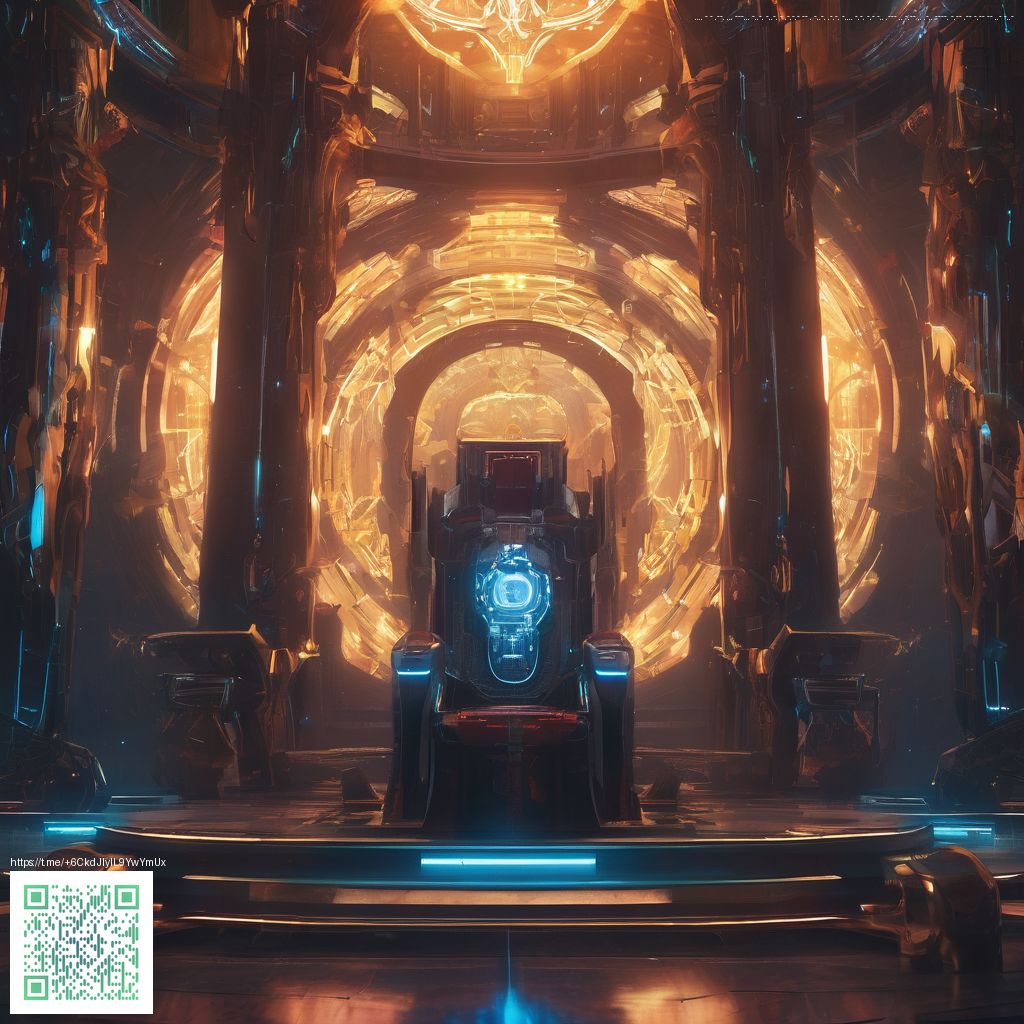
Exploring Tactile Illusions on Digital Paper
As screens become more capable of mimicking the feel of real-world objects, designers are increasingly seeking ways to evoke a sense of touch without relying on physical hardware. Digital paper—often associated with e-ink and low-refresh displays—presents a unique canvas for translating tactile cues like grain, weight, and resistance into visuals and interactions. The goal isn’t to fool the eye into thinking a surface is rough; it’s to create an intuitive, memory-rich experience where readers and users can predict how a surface would behave if they could touch it.
Visual texture as a stand-in for touch
Texture in user interfaces isn’t merely decorative. When executed with care, subtle grain, micro-contrast, and embossed-like edges can communicate roughness, smoothness, or weave. Digital paper benefits from this approach because it leverages light, shadow, and contrast to imply curvature and texture without glare or noise. A well-crafted texture cue can help users distinguish sections, prioritize content, and navigate information more efficiently—much like the tactile cues of a well-made paper notebook.
Interactive hints that cue the sense of touch
Beyond static textures, dynamic cues can trigger the experience of touch. Small, well-timed parallax shifts, tactile-like scroll physics, and micro-interactions—such as a gentle lift when you hover over a heading or a subtle vibration-inspired response after a long press—can make digital paper feel more alive. The rhythm of these cues matters: too much motion distracts, too little leaves the interface inert. The sweet spot is a curated cadence that guides the eye and the finger together, reinforcing a sense of physicality without overwhelming the content.
- Texture mapping uses high-frequency detail to suggest grain, fiber, or brushed metal in UI surfaces.
- Parallax layers create depth, making layers feel like they sit on top of or beneath the page as the user scrolls.
- Dynamic shadows emulate curvature and sheet elasticity, hinting at how a surface would bend under pressure.
- Subtle delays in reactions—micro-delays between taps and UI responses—mirror the tactile anticipation we expect from physical objects.
“Tactile perception in digital media emerges from a chorus of cues—visual texture, motion, and sound—coordinated to approximate the felt experience.”
In practice, designers often draw inspiration from real-world objects that are known for their tactile appeal. For example, the rugged aesthetics of the Blue Abstract Dot Pattern Tough Phone Case showcase how bold motifs can imply grip and sturdiness even when viewed on a screen. This kind of design thinking bridges the physical and digital realms, reminding us that texture isn’t about ornament—it’s about expectation and memory. You can explore the product page to see how this motif translates into materials and pattern density: Blue Abstract Dot Pattern Tough Phone Case.
For a broader visual reference on how textures can be represented and manipulated in digital imagery, a companion page offers a gallery of textures and overlays that hint at touch. It’s not a recipe book, but a set of ideas you can adapt to your own digital paper workflows: reference page.
When planning a project around tactile illusions on digital paper, start with user scenarios. Who will read your content, and what tactile cues would help them skim, search, or recall information? Map those needs to concrete visuals—grain density for chapter headings, raised-edge shadows for callouts, or a gentle paper-like texture for the margins. Then layer in interactive hints that reinforce the sensation of contact, rather than overwhelming the user with decorative flourishes.